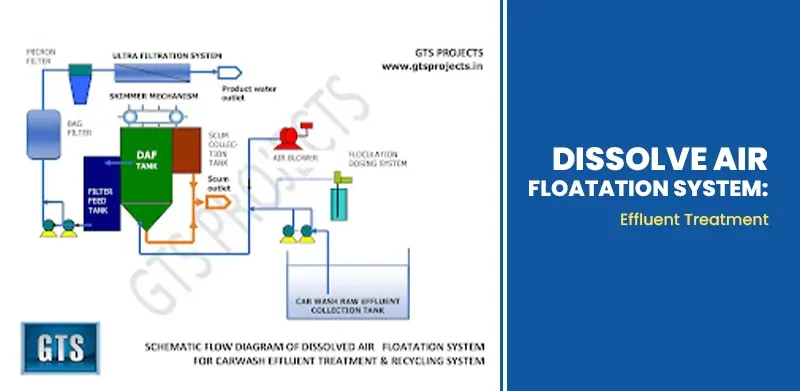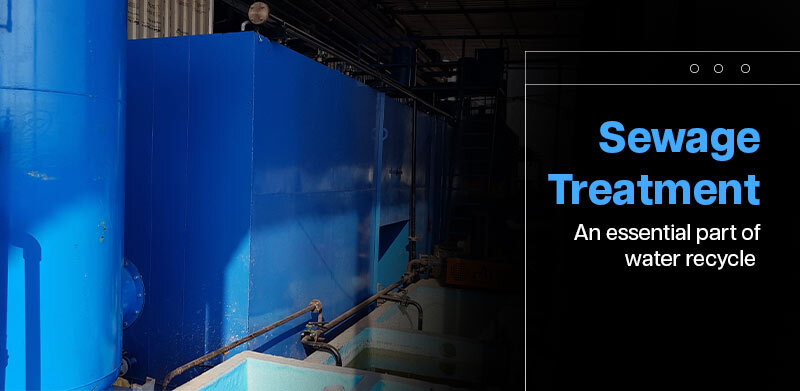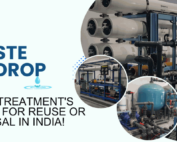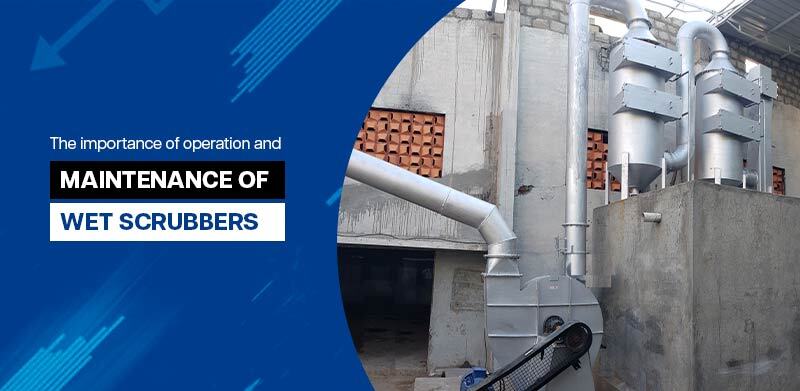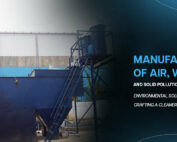GTS PROJECTS’s DISSOLVED AIR FLOATATION SYSTEM FOR CARWASH EFFLUENT TREATMENT & RECYCLING SYSTEM
GTS PROJECTS’s DISSOLVED AIR FLOATATION SYSTEM
FOR CARWASH EFFLUENT TREATMENT & RECYCLING SYSTEM
The perfect combination of UF membrane technology and DAF with efficient system design
OVERVIEW:
Floatation Dissolved Air (DAF) is the process of removing suspended solids, oils and other contaminants via the use of air bubble flotation. Air is dissolved into water, mixed with the waste stream and released from solution while in intimate contact with the contaminants. Air bubbles form, attach to the solids, increase their buoyancy and float the solids to the water’s surface.
The dissolved air comes out of solution, producing millions of microscopic bubbles. These bubbles attach to the solids and float them to the surface where they are mechanically skimmed and removed from the tank. GTS PROJECTS’s Skid Mounted DAF cum UF System is designed to remove fats, oils & grease (FOG), suspended solids, hydrocarbon oils/emulsions and many other contaminants.
Benefits
1. Cost is lower than any other system of comparable waste extraction performance.
2. The unit is typically delivered fully prefabricated.
3. Space requirements are minimal.
4. Capability to treat a wide variety of organic, inorganic solids and dissolved waste.
5. Low retention time from wastewater stream to effluent ejection.
6. Superior clarification of most waste streams.
7. Easy to clean and maintain.
8. Higher density sludge with low water content.
Ultra filtration (UF) is a continuous process for separating high molecular weight, colloidal or suspended solids from fluid streams. The key to the process is a thin, polymeric, semi-permeable membrane. Feed solution is pumped at low pressures and high flow rates across the surface of the membrane. Solutes whose sizes are greater than the pore size (0.1-micron) of the membrane and all suspended solids are retained and concentrated. Water, salts, and small molecular weight constituents pass through, or permeate, the membrane. Thus, the pore structure of the membrane acts as a molecular filter that does not become plugged because the retained components of the feed are rejected at the surface and do not penetrate the membrane.
Benefits
1. Provides a verifiable physical barrier to turbidity, bacteria, Cryptosporidium and viruses
2. Water recycle yields Zero Liquid Discharge capabilities.
3. High concentration and minimizes disposal costs.
4. Low initial set up costs.
5. Minimal pretreatment chemicals needed.

